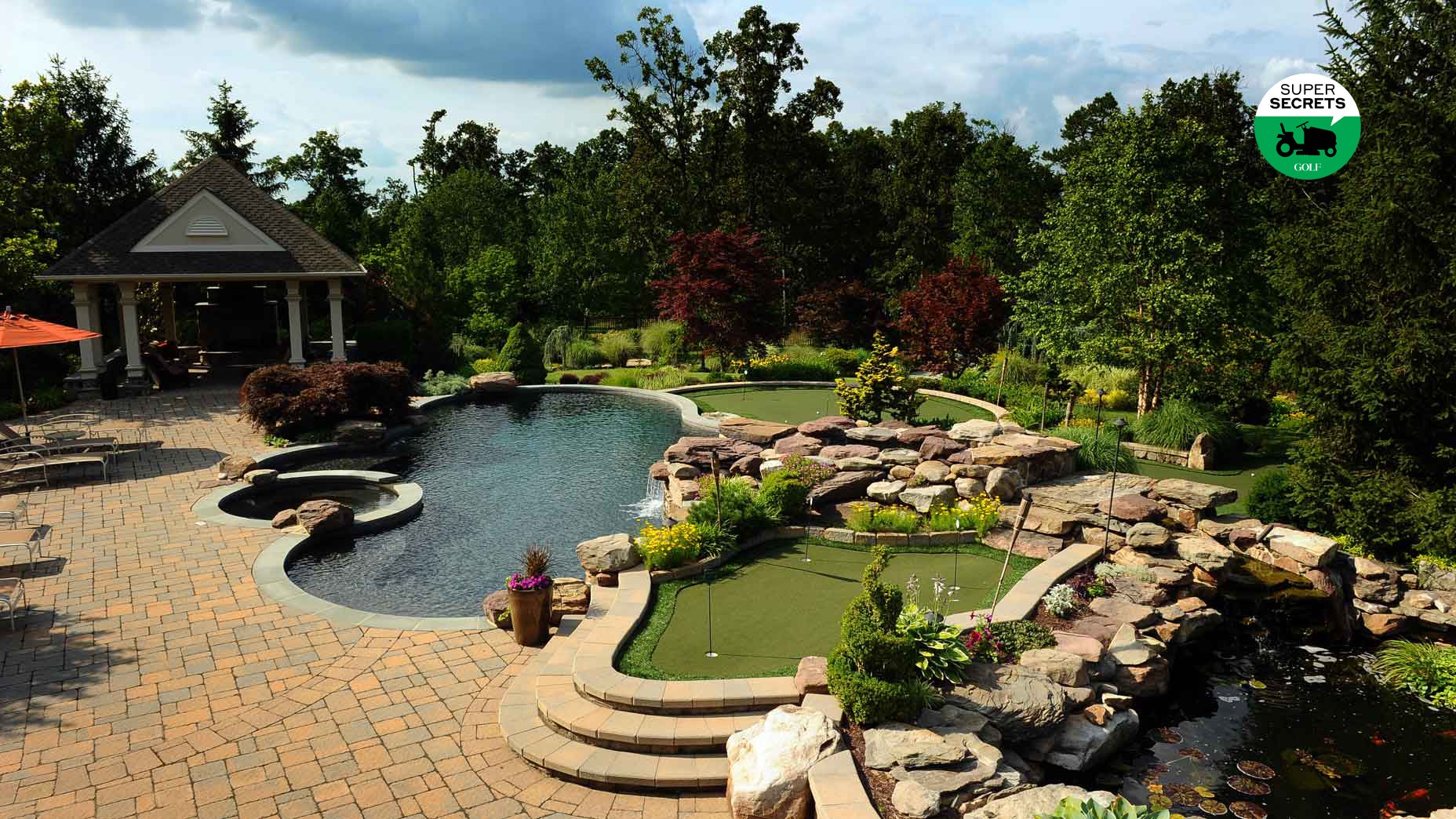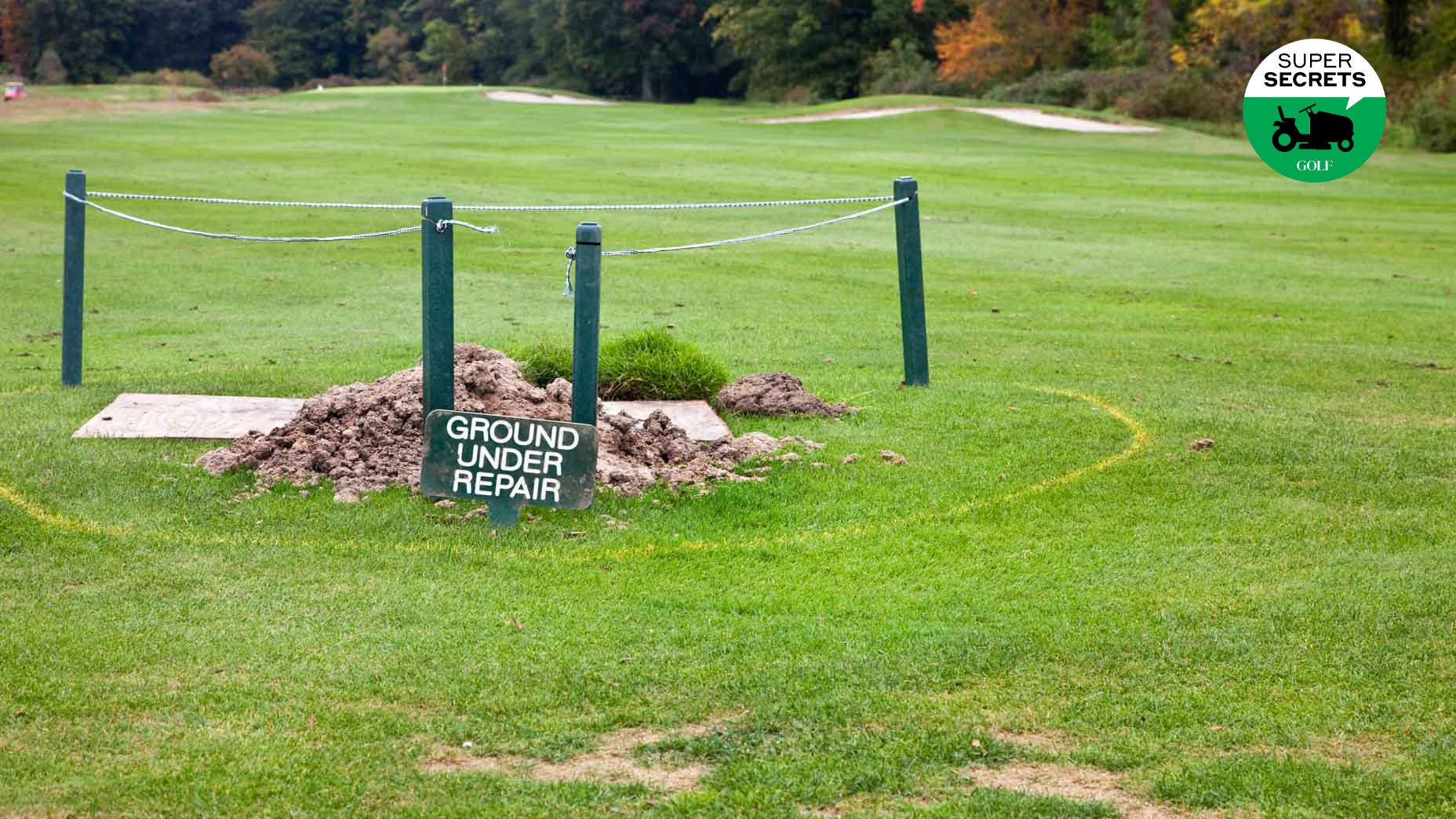Caring for your lawn is like working on your swing: There’s never a wrong time to do it.
But there’s no more important time than now. In much of the country, the coming weeks represent a crucial window in which to lay the groundwork for a rewarding season.
Dave Phipps is a former superintendent who now serves as Northwest regional representative for the Golf Course Superintendents Association of America.
We asked him for a checklist of yard-prep tasks.
1. Sharpen your blades
On your lawnmower, that is. A dull mower won’t cut grass. It will tear it, leaving the your lawn susceptible to disease while creating an unsightly look. If you’ve got the right equipment (like a bench grinder or an angle grinder) you can DIY this task. But you can also outsource it to your local lawn-care store. While you’re at it, you might as well clean the grooves of your irons, too.
2. Conduct a soil test
Be like Ben Hogan and seek answers in the dirt. Home soil-tests are available online or at your local yard-care store. You collect the sample; an expert interprets the results. Soil chemistry is sophisticated science. But for most homeowners, the takeaways are pretty simple. If your ground has a deficiency, it’s likely just a matter of applying gypsum or lime.

Sunday Custom Lawn Care Plans
3. De-thatch
Over the winter, layers of dead grass build up on dormant lawns. While you’re waiting for the results of your soil test, rake up any dead organic matter to open up the grassy canopy to light and air. You might also want to mow, but not so low that you scalp the grass. Just short enough to clear up any weedy debris. Like a beard after shaving, the grass will come back thicker after that cut.
4. Throw down seed
If you’ve got a drop seeder or a cast spreader, more power to you. But this is also a job that you can do by hand, grabbing fistfuls and scattering as you go. As with golf, a loose grip helps. You’ll also want to follow the instructions on the seed bag to make sure you’re working with the right amounts. Phipps says that a good rule of thumb is a couple pounds of seed per thousand square-feet of lawn.
5. Fertilize
There are many kinds, and they come in different forms. But a simple application of granular fertilizer ought to do it, ideally organic. For help with your selection, consult a lawn-care expert to ensure that you’re getting the right product for the climate and grass type you’re trying to grow.










